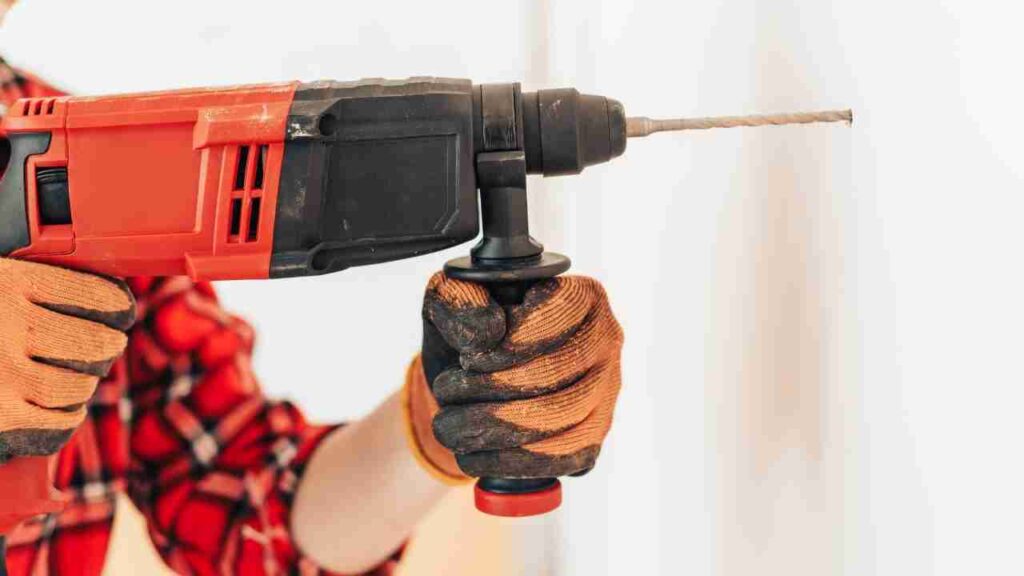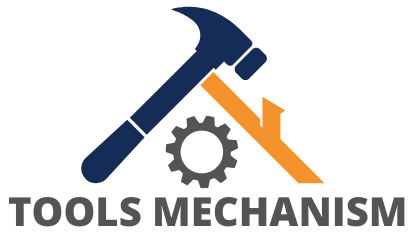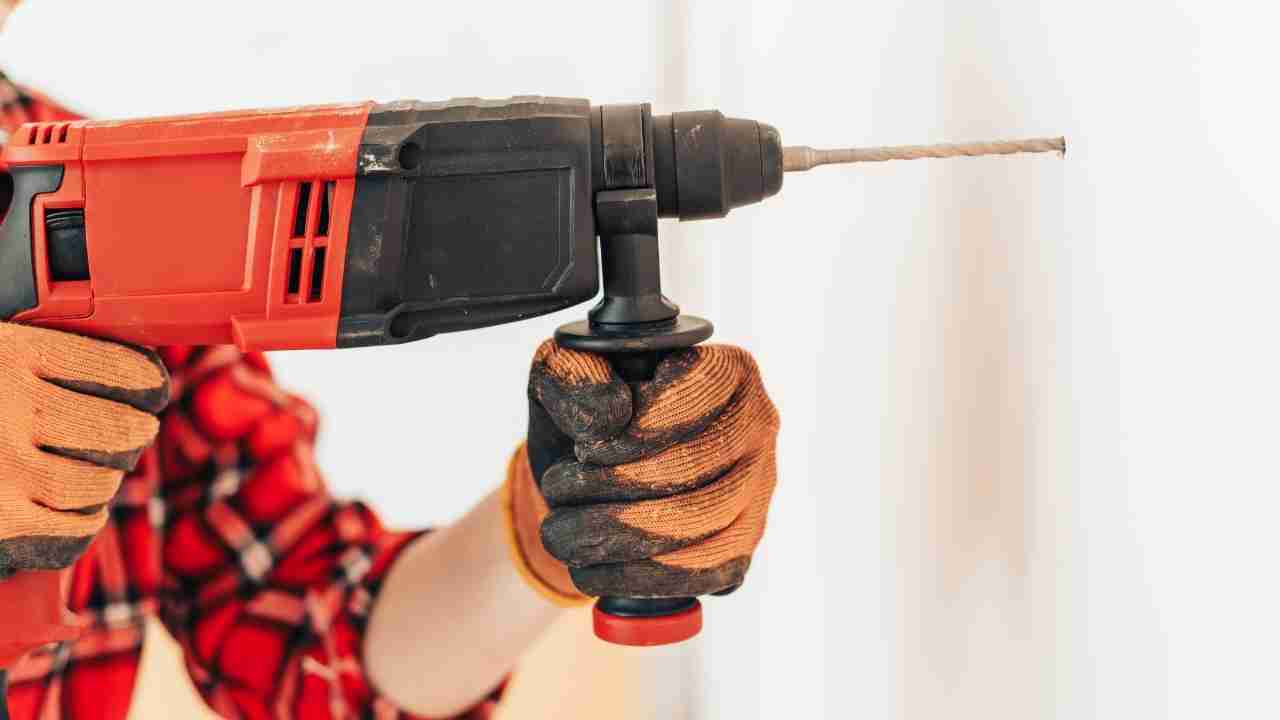Hammer Drill VS Impact Driver For Concrete. Hammer drills and impact drivers are quite similar tools, and their functions are also similar. Hence, people mistake one for the other. The truth is, they are different tools, and they are meant for different tasks.
Actually, what caused the main confusion is that a hammer drill can also function as an impact driver to an extent, while the latter can also be used as the former to a large extent. And quite frankly, they look alike. After reading this article, you’ll be able to discern the differences between them.
Table of Contents
6 Major Differences Between Hammer Drill and Impact Driver for Concrete:
1. How They Function
Hammer Drill VS Impact Driver For Concrete. A hammer drill spins and hammers forward. So, while drilling into concrete, it hammers to push forward and spins to widen the hole. The hammering action breaks through, and the rotatory action expands the hole.
A hammer drill applies forward pressure. Yes, a hammer drill can also be used to drive in screws. And it also works like a normal drill. That’s why many of them have three modes – a hammer drill mode, a screw-driving mode, and a regular drill mode. However, impact drivers are better at driving in screws and removing screws.
On the other hand, an impact driver applies pressure sideways. That kind of pressure is called torque. It easily screws and unscrews fasteners from a material. In fact, there are two types of impact drivers – manual drivers and motorized impact drivers. The manual impact driver works like a screwdriver. However, it can be used to drill holes too.
2. Weight
Hammer Drill VS Impact Driver For Concrete. There are various models of hammer drills and impact drivers, and they all have varying weights. Generally, hammer drills weigh about 4 pounds to 8 pounds, and they are usually heavier than impact drivers. Since they are both manual devices, they are both light enough to be carried around easily.
3. What They Work on
An impact driver is not strong enough to work on concrete, cinder blocks, mortar, granite, and bricks, but it does well with woodwork. This means it can drive screws into wood and remove screws out of wood.
On the other hand, a hammer drill can work on concrete and wood. It can drill holes into hard materials like concrete, and it can also drill into wood. So, you can conclude that a hammer drill works on masonry (concrete, cinder blocks, bricks, granite, and mortar) while an impact driver works on wood.
4. In Drilling Holes
Both devices can be used to drill holes, but a hammer drill is better. It can drill faster, and it can drill into any material (wood and masonry). Yes, impact drivers can also drill holes, but they can only drill holes in wood. Masonry is a no-no for them.
5. In Handling Nails and Bolts
Yes, hammer drills may be used to drive in screws and remove nails, but impact drivers are better for the job. In fact, they are made for the job. Hammer Drill VS Impact Driver For Concrete, A hammer drill may cause wood to chip off while driving a nail or screw into it because of the hammering action. Such tasks are better done with an impact driver.
6. The Prices of Both Tools
Although their prices are close, hammer drills are slightly more expensive. The most popular hammer drills cost about $50 – $300 on Amazon, while impact drivers cost about $50 – $250 on the same platform.
Of course, you should aim to buy yours from Amazon because the platform offers competitive prices, and every product has a lot of user reviews that will guide you. Nevertheless, you may still want to check the prices of your preferred tool on other platforms before you make your decision. Hammer Drill VS Impact Driver For Concrete Recommendation now amazon is the best prefect platforms.
Can You Use Impact Driver to Drill Concrete?
Well, it depends on the diameter of the hole. An impact driver can drill a hole that is less than ¼ inch through concrete and bricks. Its massive amount of torque will get the job done. However, if the hole is wider than ¼ inch, count an impact driver out. It would drive you crazy on that. That’s because it is not made for wider holes.
Also, the depth of the hole matters as well. Any hole that is deeper than ¼ inch isn’t in an impact driver’s capability. Get a hammer drill for that.
Can a Hammer Drill Be Used on Concrete?
Yes, of course. A hammer drill is the best tool for drilling holes through masonry like concrete, cinder blocks, bricks, granite, and mortar. Hammer Drill VS Impact Driver For Concrete. This is because it performs two functions together as one. It rotates and also hammers its way through. So, a hammer drill can drill a hole through concrete in less than 2 minutes if its drill bit is good. No tool can drill through concrete like a hammer drill.
What Kind of Hammer Drill Do I Need for Concrete?
There are two major types of hammer drills, and they are corded and cordless hammer drills. Corded hammer drills are powered by electricity, while cordless hammer drills are powered by rechargeable batteries. Both types are great for concrete.
Hammer Drill VS Impact Driver For Concrete, You may want the best brands of hammer drills. It is better to go for Milwaukee, Bosch, Makita, and DeWalt hammer drills. They are the most popular brands. And that’s because their hammer drills are efficient.
Will a Cordless Hammer Drill Work on Concrete?
Yes. It doesn’t matter if a hammer drill is cordless or corded. It does not affect the performance of a hammer drill. Nevertheless, most people prefer a cordless hammer drill because you can use it anywhere. A corded hammer drill can only be used in locations where there’s electricity. Hammer Drill VS Impact Driver For Concrete, Both corded and cordless hammer drills will work on concrete.
How Many Volts Does It Take to Drill into Concrete?
It will take at least 12 volts. That’s because the hammer drill with the least voltage takes 12 volts. In addition, the most popular hammer drills are 12-volt hammer drills and 18-volt hammer drills. This does not mean that an 18-volt hammer drill is better than a 12-volt hammer drill. They’ll both get the job done perfectly.
How Do You Drill into Concrete Without Cracking It?
Hammer Drill VS Impact Driver For Concrete, You must use a hammer drill since it is the best tool for the job. Also, make sure your drill bit isn’t blunt. Bad or blunt drill bits may crack the concrete. Mark the spot you want to drill and place the mouth of the bit on the spot. Remember that most hammer drills come with multiple speed levels. Start with the lowest speed. You may have to increase the speed later.
To prevent overheating the bit, wet the surface of the concrete with water before drilling it. After drilling for a few seconds, clean off the spot, and continue drilling. It won’t take you up to 2 minutes.

Final Words
To conclude, we’ll say hammer drills and impact drivers are different tools meant for different functions, even though they can do a bit of each other’s work. Hammer drills push forward while impact drivers have a great amount of torque. While a hammer drill is meant for drilling holes, an impact driver is meant for driving screws into materials and removing them.
“In the end, the winner of the hammer drill vs impact driver for concrete battle is clear: the hammer drill is the specialized tool designed for the job. “Hammer Drill VS Impact Driver For Concrete Recommendation now amazon is the best prefect platforms. So, check price for a recommended hammer drill and impact driver.

